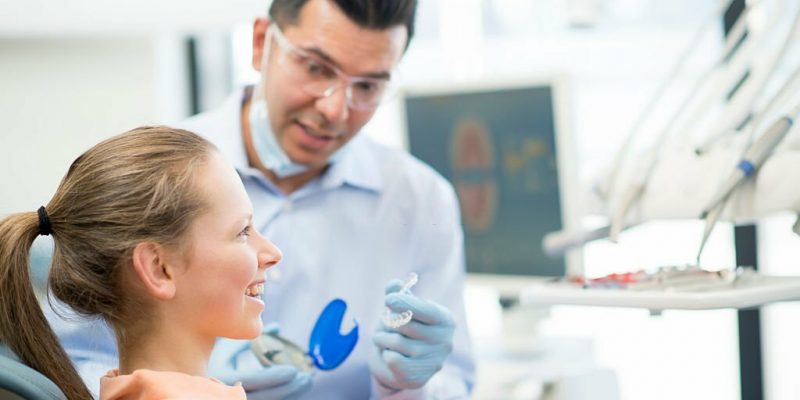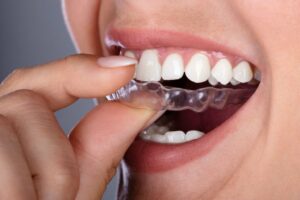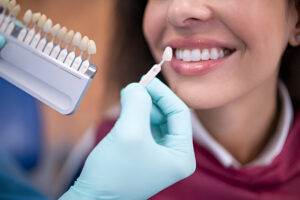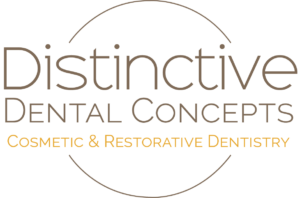Do you know that over 25-53% of individuals require orthodontic intervention over their lifetime? When converted to numbers, millions of Americans need to connect with their nearest Garland Orthodontics experts.
Sadly, however, when it comes to it, most individuals are confused about the different steps involved in the procedure.
Keeping the same in mind, this blog explores:
- Role Of Orthodontic Treatment In Re-defining Smiles
- The Orthodontic Treatment In Action – Step-By-Step Overview
- Tips To Care For Your Orthodontic Appliances
Let’s learn more about these elements in detail in the following sections.
Role Of Orthodontic Treatment In Re-defining Smiles
The results of orthodontics treatment can be life-changing. It not only improves your dental health but also alters your smile. These experts give you the right orthodontic appliances to fix your smile and give you the confidence you’ve been missing out on.
What Are Orthodontic Appliances?
Orthodontic appliances are devices used to address dental problems. Orthodontic appliances of many sorts treat a wide variety of problems. Crowded or crowded teeth, jaw abnormalities, sleep apnea, or snoring are examples of these difficulties.
Besides, if you’ve worn a retainer, you’ve already used an orthodontic appliance. They are often classified as either fixed, removable, or removable-fixed appliances. All orthodontic equipment, however, have one feature in common: they are custom-made for your teeth and mouth. To ensure a precise fit for each patient, dental practitioners employ X-rays and molds.
Now that we have an idea of orthodontic appliances let’s learn about the steps in detail in the next section.
The Orthodontic Treatment In Action – Step-By-Step Overview
Step 1: The Initial Consultation
The initial consultation with your dentist is the first step to getting an orthodontic treatment. During this appointment, your dentist will evaluate your teeth and bite to determine the treatment options. This may include doing assessments, taking photographs and x-rays of your mouth, and getting a 3D scan of your teeth or impressions of your jawbone.
Step 2: Treatment Planning
After assessing your needs, the orthodontist will create a unique treatment plan. This will include the kind of braces (metal, clear, or self-ligating brackets) or transparent aligners (such as Clarity Aligners, Invisalign, or SHIFT) used, as well as the length of treatment and the number of follow-up sessions required.
Step 3: Placing Your Aligners Or Braces
Once your dentist in Garland, Texas, finalizes the treatment plan, they will place the chosen orthodontic appliance in your mouth. This session usually lasts an hour for braces and 30 minutes for aligners.
The orthodontist will attach brackets to your teeth and then thread wires through the brackets, which are kept in place by colored “o-ties” for braces. Attachments (sometimes known as “glue dots”) are put before the aligners are fitted over the teeth and attachments.
Attachments assist the aligners in fitting securely over a patient’s teeth and moving your teeth more efficiently. You will be given information on how to care for your dental braces options and what to expect during the initial few days of treatment, whether you are getting braces or aligners.
Step 4: Follow-Up Appointments
You must return to the orthodontist for frequent check-ups throughout your treatment. These sessions are typically scheduled for braces every 4-8 weeks and up to 12 weeks for clear aligners. They allow the orthodontist to modify your braces or aligners as needed.
Step 5: Removing The Braces Or Aligners
This stage generally marks the end of the orthodontics treatment. During this stage, your dentist will remove your braces or attachments once your therapy ends.
This procedure usually takes 30 to 60 minutes, and the orthodontist will provide information on how to care for your teeth and keep your treatment results.
Step 6: Delivering & Wearing Retainers
After removing your aligners or braces, your orthodontist will develop a set of retainers.
Retainers are worn after aligners or braces to ensure that the teeth keep their target alignment and prevent relapse, which is when teeth revert to their previous treatment methods.
This is especially true for individuals who have experienced severe misalignment or considerable tooth movement during therapy. The orthodontist typically determines the retention duration, which varies among individual patients.
However, there is a period when the teeth are still adjusting to their new position and require assistance to stay in place. We usually advise patients to keep retainers for as long as they desire straight teeth. When you stop wearing your retainers, they begin to move.
Tips To Care For Your Orthodontic Appliances
Once your orthodontic treatment services are over, it’s time to care for your appliances. This section looks at some takeaways to make your appliances last longer.
I. Maintain good oral hygiene:
Brush your teeth after every meal and floss daily to prevent plaque formation and darkening the brace’s result.
To keep your teeth clean while wearing braces, follow these steps:
-
Brush after every meal:
Brush your teeth softly with fluoride toothpaste and a soft-bristled toothbrush, including around the braces. Brush for at least two minutes, focusing on areas surrounding the braces.
-
Floss daily:
Clean between your teeth and around your braces with a floss threader or an interdental brush. Flossing aids in the removal of food particles and plaque that might build up in these regions.
-
Use mouthwash:
Rinse your mouth with an antiseptic to kill bacteria and freshen your breath.
II. Avoid eating hard food items
It’s critical to avoid meals that are hard, sticky, or heavy in sugar to prevent hurting your braces and safeguarding your dental health.
Instead of these items, eat a well-balanced diet rich in fruits, vegetables, whole grains, and lean protein. Sugar-free gum, sweets, and beverages can also help preserve your orthodontic options and keep the teeth in good shape.
III. Schedule appointments in advance
Schedule appointments with your orthodontist regularly, often every 4 to 8 weeks. This allows your orthodontist to monitor your treatment’s progress and make any required modifications.
Keep all your appointments and notify your orthodontist if you need to reschedule. Consistent attendance is critical to keeping your therapy on track.
Takeaway
- Over 25-53% of individuals require orthodontic dentistry intervention over their lifetime.
- The initial consultation with your dentist is the first step to getting an orthodontic treatment.
- Once your orthodontic treatment services are over, it’s time to care for your appliances.
- Your flawless smile is only a call away! Connect with our experts at Distinctive Dental Concepts and make the most of your smile today.
